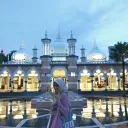HalalZilla consults the great archives of football to handpick our top Muslim players who’ve ever laced a pair of boots in the big leagues – especially those you didn’t know were Muslim!
Hijab vs Niqab vs Burqa: What’s The Difference?
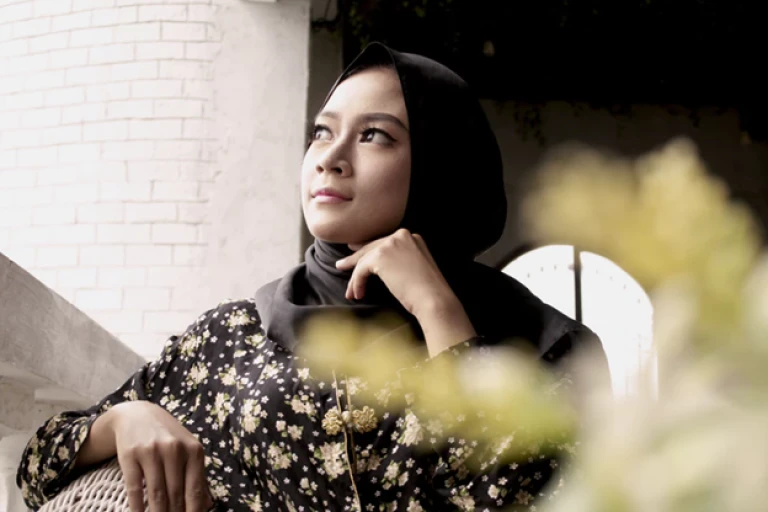
Have you ever wondered what is the difference between hijab, niqab, and burqa? No doubt they are all part of Islam’s code of dressing for women to always uphold a certain level of modesty.
Some of these “veils” may be worn more because of cultural and ethnic backgrounds though than what the religion requires. A woman’s sect of Islam (Sunni, Shia and Sufi) and personal preference also might play a part in the type of headscarf that she chooses to adopt.
Often times, those who are not familiar with the many variants of hijabs use the terms interchangeably, as if they are synonymous, when the fact is, they are not. The hijab, niqab, and burqa are distinct as the veil covers different parts.
If you’re unsure about how they differ from each other, read on to garner a better understanding. Here are the most common hijabs worn by Muslim women around the globe.
Hijab
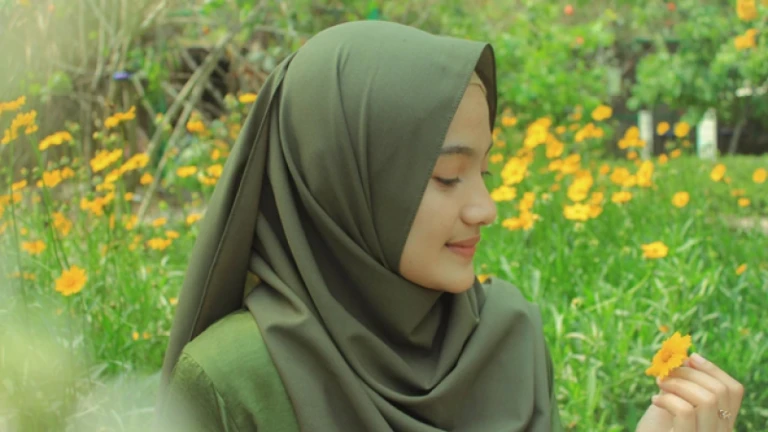
The word “hijab” comes from the Arabic root word, “hajaba” which means to conceal or cover. In Islam, this meaning is broadened to encapsulate the principles of modesty, humility, and dignity both in dressing and in behaviour.
“Say to the believing men that they should lower their gaze and guard their modesty: that will make for greater purity for them: And Allah is well acquainted with all that they do. And say to the believing women that they should lower their gaze and guard their modesty; that they should not display their beauty and ornaments except what (must ordinarily) appear thereof; that they should draw their veils over their bosoms and not display their beauty except…” [24:30-31]
For a Muslim woman, this includes wearing a headscarf better known as the hijab. Now, you might tilt your head in confusion and ask, “So niqab and burqa are all part of hijab?
In essence, the hijab is a generic term for the attire that Muslim women wear to cover their heads as a religious practice. Following this, the hijab is generally a headscarf that covers the woman’s head (and often neck), leaving the face uncovered.
Niqab
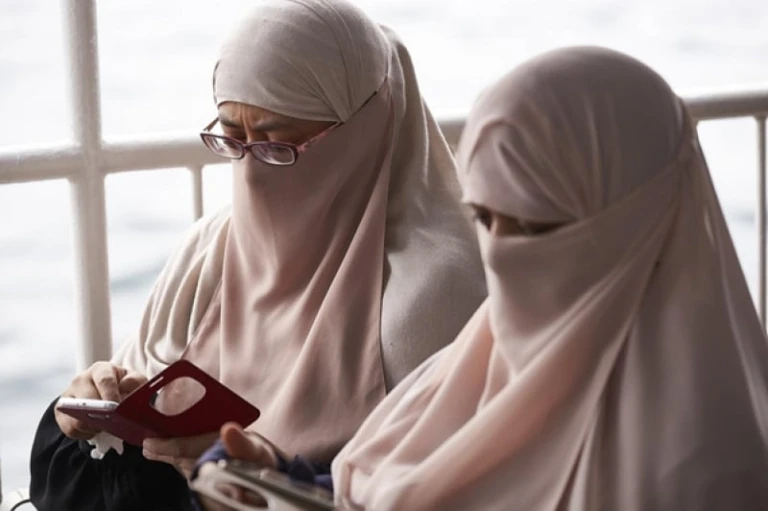
The niqab is a veil that covers the face, leaving only the eyes exposed. It is worn with a long headscarf that goes beyond the shoulder and is usually worn with an abaya, a loose robe-like dress. Niqab-wearers are mostly found in Arab countries such as those in the Middle East. They can also sporadically be found in the West and Asian countries such as Malaysia and Pakistan.
Burqa
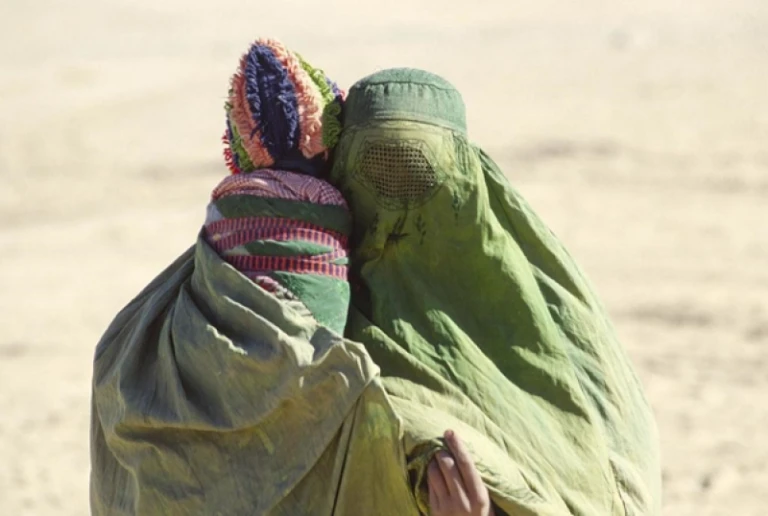
As for burqa, it is a veil that conceals the most – it covers the whole face and body with a mesh screen for the eyes to see through. Though it is often thought to be a religious garment (which is not entirely wrong), it is more closely affiliated as a cultural garb.
It is commonly seen on Pashtun women in Central Asia and Afghanistan, who have donned the burqa since pre-Islamic times when it was a symbol of respect and stature in society. You wouldn’t see this in certain countries such as Austria, Denmark, France and Belgium where the burqa is banned.
You can think of the hijab as a broad overarching term to denote modest wear for Muslim women and a way of covering up in line with Islam’s principles of modesty. When culture and Islamic sects are involved, the style of the hijab might vary.
Published at
About Author
Subscribe our Newsletter
Get our weekly tips and travel news!
Recommended Articles
10 Muslim Footballers That Will Inspire You And Your Goals 12 Culture Shocks You’ll Experience During Umrah Welcome to the land of blessings & calmness ~
2019 Emirates FA Cup Final Winners Will Celebrate With Non-Alcoholic Champagne Regardless of the team you support, it’s heartening to know that the winners will be offered non-alcoholic champagne to cater to those who don’t drink.
4 Hijab-Friendly Spas in Singapore For Your Raya Glow Up Do you want to look your best this Hari Raya? These hijab-friendly spas in Singapore will not only pamper you but also make sure you are #RayaReady.
9 Hair Care Tips For Hijab-Wearing Muslim Women As Hijabis, it might be easy to neglect your hair care needs since you don’t see much of it throughout the day. This list of tips and tricks will ensure your hair remains healthy and happy in the long run.
Latest Articles
Why Is The Floor of Masjid al-Haram Always Cool – Even in Scorching Heat? Did you know, Thassos marble is so white that it reflects sunlight easily!
The Ultimate Guide For Muslim Travellers to Great Wisteria Festival in Japan You can spot 160-year-old wisteria tree that covers 1,000 sq meters!
Mona Lisa Relocation 2031: What Muslim Travellers Should Know About the Louvre Makeover You can catch Mona Lisa’s smile in under 1 minute!
Penang Airport Launches MyBorderPass: Faster Immigration For 63 Countries Faster customs for 63 countries at Penang Airport!
Travel Alert: Beijing and Northern China Hit by Extreme Winds — Safety Tips Inside China warns people under 50kg to stay indoors amid strong wind alert!

